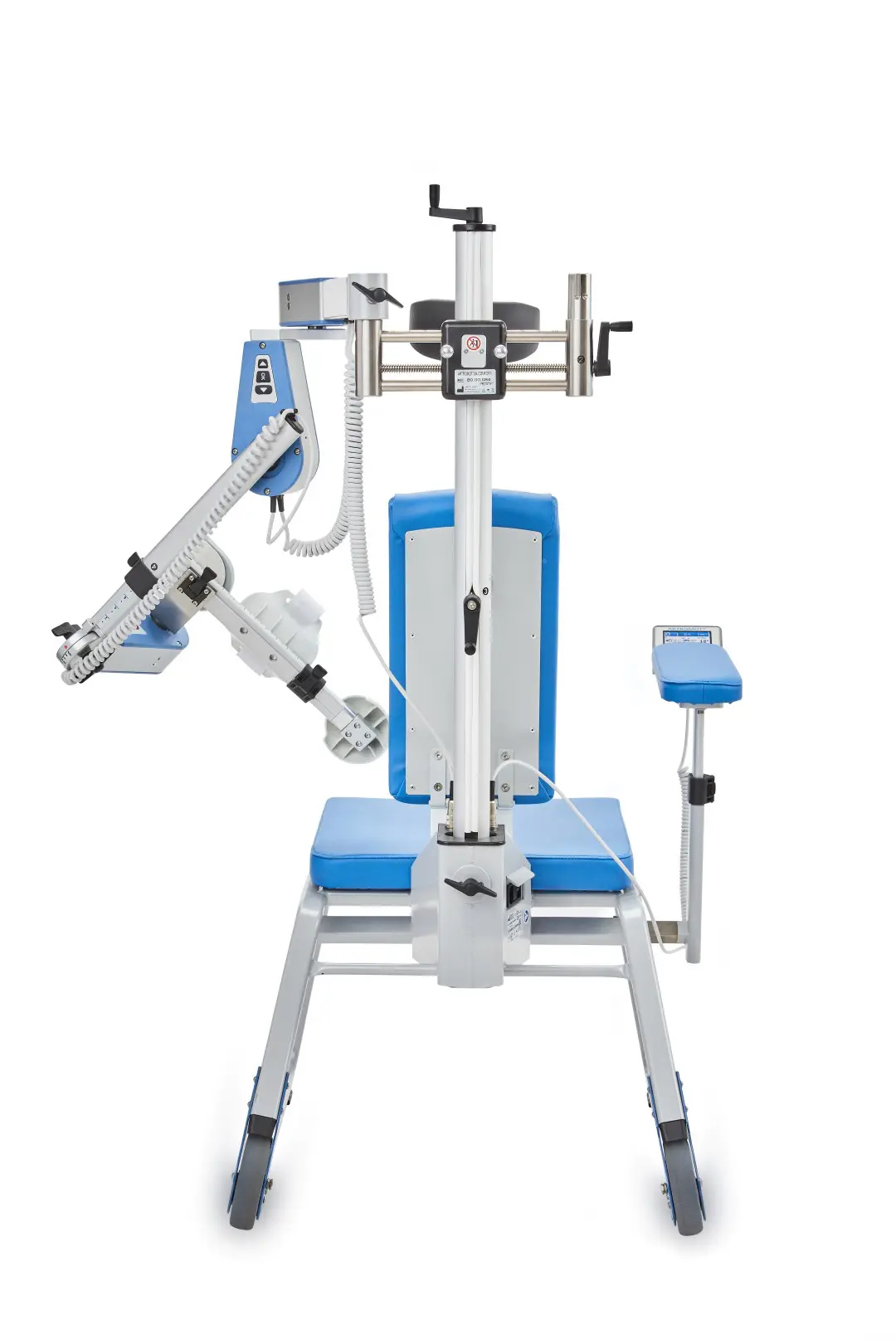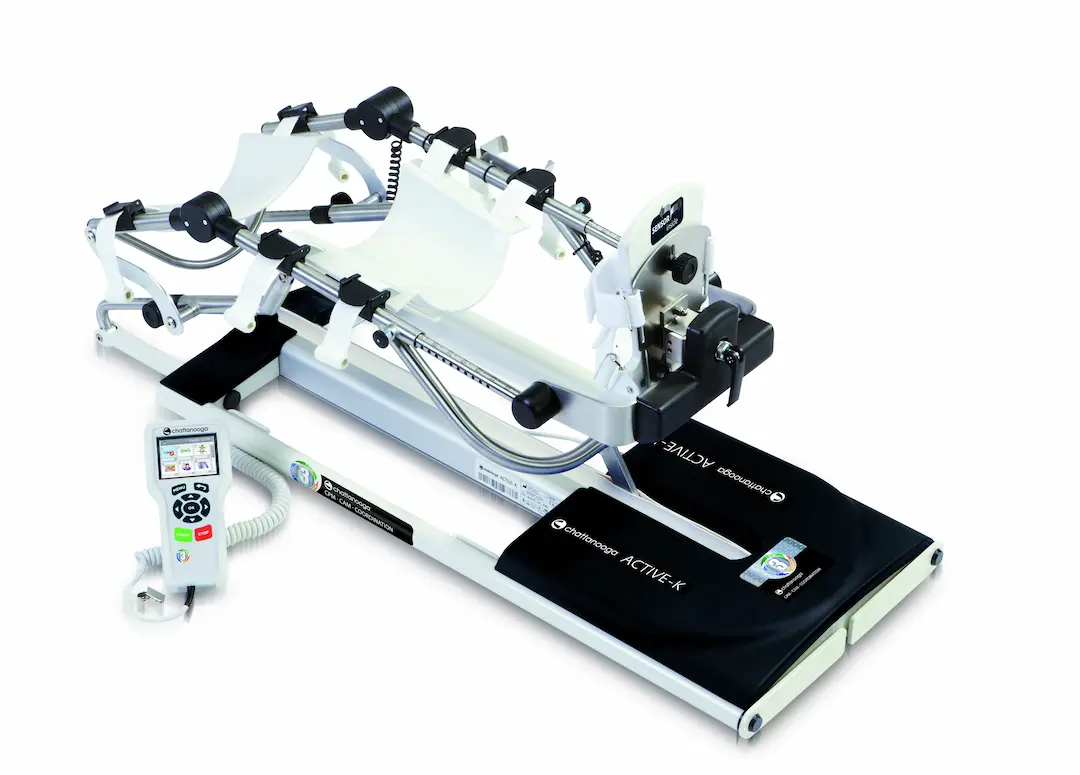Advantages
What are the advantages of therapy with CPM motion splints from ARTROMOT®?
CPM Therapy with ARTROMOT®
- Accelerates the healing of cartilage, tendons, and ligaments
- Maintains joint mobility
- Relieves pain and swelling
- Shortens rehabilitation time
- Reduces the risk of thrombosis
Clinical Evidence
The effectiveness of CPM therapy has been scientifically proven by a large number of clinical studies, patient surveys, follow-up treatment recommendations from medical associations and hospitals as well as AWMF guidelines.
The guideline recommendations unanimously recommend the use of CPM movement splints as part of conservative treatment or after surgery. They should be used immediately after surgery. CPM movement splints are generally used on the knee and shoulder as a supplement to physiotherapy. The benefits, medical necessity, safety and cost-effectiveness of the method are given.
-
Schulze et al. (2021):
The analysed studies showed that CPM, compared to other treatments, results in faster improvement of pain level and shoulder mobility postoperatively following rotator cuff repair and conservative therapy for shoulder stiffness. -
Richter et al. (2021):
Demonstrated that while CPM had no significant effect on improving clinical measurements, there was a significant beneficial effect on the subjective assessment of pain level, joint stiffness, and functional ability. -
Schulz et al. (2018):
Showed that controlled active motion with Active-K provided greater improvement in pain, flexion, and quality of life compared to continuous passive motion.
Want to learn more?
Find out more about the ARTROMOT S4 – the new dimension in shoulder therapy
Download BrochureARTROMOT Device Benefits
- Touchscreen hand controller and motor controls for direct programming of motion ranges, with clear presentation and descriptive icons
- 3 motors for all motion axes: anteversion & retroversion, adduction & abduction, internal & external rotation, extension & flexion (elevation) with extended or flexed arm
- User guidance for easy conversion of the device for treatment of the right or left shoulder (ARTROMOT S4)
- Adaptive load reversal (reverse-on-load feature for patient safety/spasm protection), conforms automatically and sensitivity can be adjusted
- Patient Chip Card for storage of therapy data

Want further information
Request a quoteFeatured Products
Continuous Passive Motion in Orthopaedic Rehabilitation of the Shoulder Girdle - A Literature Survey. (Dec, 2021) Schulze C, Knaack F, Goosmann M, Mittelmeier W, Bader R. Die Rehabilitation
Effect of continuous passive motion on the early recovery outcomes after total knee arthroplasty. (October 2021) Richter M, Trzeciak T, Kaczmarek M. International Orthopaedics
Randomized, prospective, monocentric study to compare the outcome of continuous passive motion and controlled active motion after total knee arthroplasty. (2018) Schulz M, Krohne B, Röder W, Sander K. Technology and Health Care


